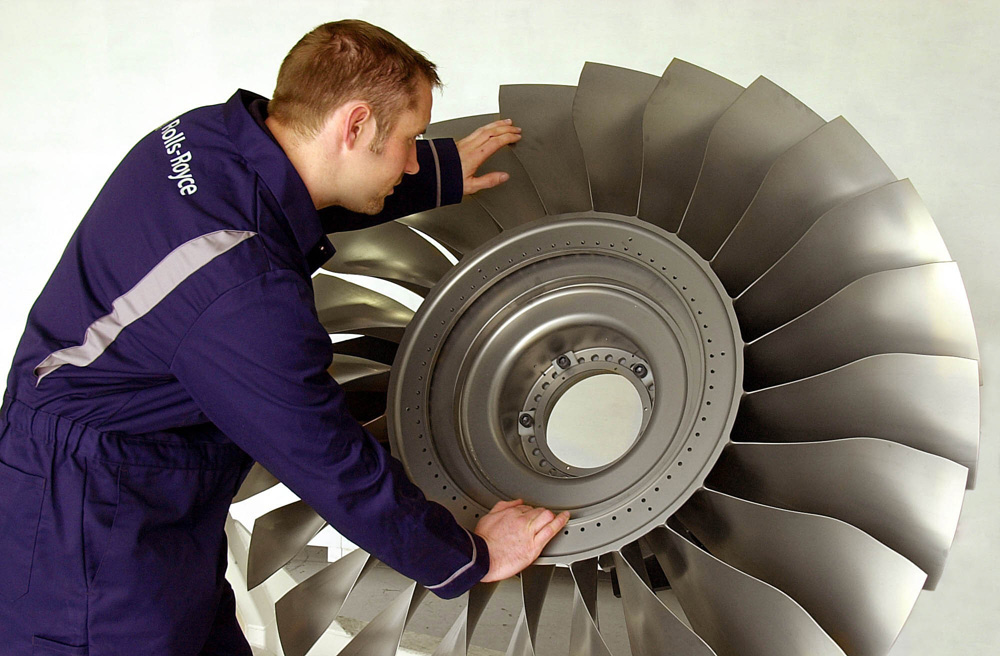Rolls Royce Looks to Additive Manufacturing for Jet Engine Parts

Rolls Royce plans on adding 3D printing to its aerospace manufacturing lineup. Courtesy of Rolls Royce.
Latest News
November 18, 2013
Even if you’ve never seen a part built using additive manufacturing (AM), you may soon be riding near one when you take a flight. More and more companies in the aerospace industry are catching on to the idea that AM can save them time and money in the manufacturing process. GE Aviation plans on leveraging the technology to build around 85,000 nozzles for use in its jet engines, and other companies are also investigating the potential of AM.
One of those companies is Rolls Royce. The company’s civil aerospace division is currently at work devising ways of using 3D printing to build various jet engine parts. Like other aerospace companies, Rolls Royce is interested in AM for its capability to build complex parts more quickly, with less material waste, and from lighter materials.

“3D printing opens up new possibilities, new design space,” said Henner Wapenhans, Rolls Royce head of technology strategy. “There are studies that show one can create better lightweight structures, because you just take the analogy of what nature does and how bones are built up – they’re not solid material. And so things that are simple things like brackets can be made a lot lighter.”
Along with providing lighter parts, Wapenhans said access to AM could save Rolls Royce money on storage. Instead of attempting to carry every conceivable part required to build or repair jet engines, some necessary components could be stored digitally and printed out upon demand.
3D printing offers time savings as well. Parts that might require weeks or months to produce through traditional manufacturing methods can be completed in hours or days.
“One of the great advantages in the aerospace world is that some of these parts that we make have very long lead times, because of the tooling process that’s got to [happen], and then it takes potentially 18 months to get the first part after placing an order – versus printing it, which could be done quite rapidly,” added Wapenhans. “Even if it takes, you know, a week to print, that’s still a lot faster.”
Rolls Royce’s interest in AM is likely the result, at least partially, of the Merlin Project, began in 2010, which studied parts built with laser sintering, and the potential for 3D printed aerospace parts. Rolls Royce was one of a number of partners in the study, alongside with Fraunhofer, a noted European AM research organization.
If you have some time, below you’ll find an interesting documentary about how Rolls Royce currently builds jet engines.
Sources: Merlin Project, Rolls Royce, Daily Mail
Subscribe to our FREE magazine, FREE email newsletters or both!
Latest News
About the Author
John NewmanJohn Newman is a Digital Engineering contributor who focuses on 3D printing. Contact him via [email protected] and read his posts on Rapid Ready Technology.
Follow DERelated Topics






